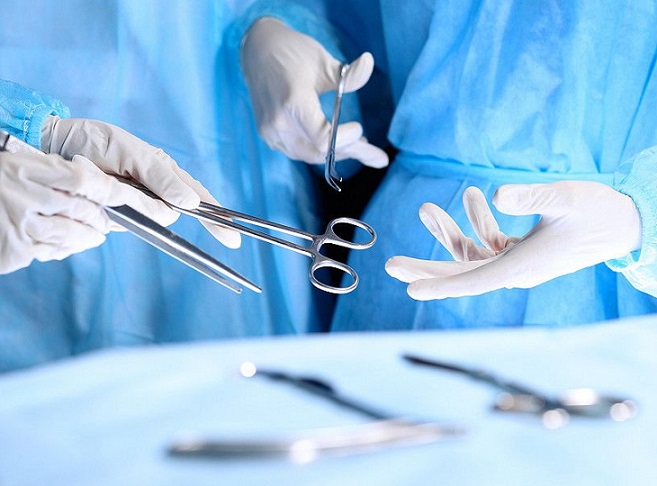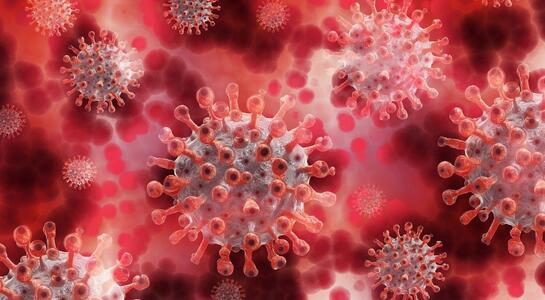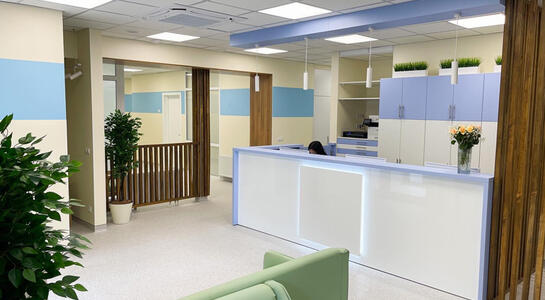
Abscesses - causes, symptoms, diagnosis, and treatment
What is an abscess?
An abscess is an inflammatory focus that has clear boundaries and is filled with purulent contents. Abscesses can occur in various tissues and organs. Limiting the inflammatory process and the formation of a cavity surrounding the affected area is a protective mechanism of the human body. This is how abscess differs from phlegmon - purulent inflammation without clear boundaries.

Why does an abscess occur?
The cause of abscess formation is the impact of pathogenic and opportunistic bacteria. As a result of the action of infectious agents on the tissue, local inflammation occurs. Our immune system tends to limit the inflammatory focus and many components migrate to the site of injury. The cells of the immune system fight off pathogenic agents, resulting in the formation of pus. The limited cavity of abscesses from the inside is lined with a pyogenic membrane, which separates the purulent contents from healthy tissues.
People with immunodeficiency are often more prone to purulent lesions. Also, patients who are treated with glucocorticosteroids and chemotherapy due to the immunosuppressive action of these groups of drugs. Such persons need to be more careful about injuries and more attentive to the treatment of wounds.
Symptoms of an abscess
When an abscess forms at the site of the lesion, a local increase in temperature is noted, that is, when you touch it, you feel that the area is hot. The tissue at the abscess swells and turns red. A painful inflammatory purulent tubercle is formed, which, as it progresses, grows due to the accumulation of contents. In the tissue, pain receptors are irritated due to pressure. The lesion becomes painful. The function of the site or organ that affected the purulent process is impaired.
With a superficial location of the abscess, the color of the purulent contents may become clear. It can range from light yellow to green.
Symptoms of body intoxication are often noted:
- nausea, vomiting;
- pain in muscles and joints;
- headache;
- loss of appetite;
- chills;
- general weakness.
There may also be a general increase in body temperature due to the body's response to the inflammatory process.
When an abscess is located in internal organs, important markers of this pathological process are symptoms of dysfunction of the corresponding anatomical structure.
Classification
According to the clinical course, abscesses are divided into:
- acute;
- chronic.
Acute abscesses are characterized by rapid development and violent clinical symptoms. Chronic - a prolonged accumulation of pus without a pronounced inflammatory process, more often characteristic of damage to internal organs. "Cold" abscesses are a pathology of superficial tissues without the classic signs of an inflammatory process.
Also, abscesses can be primary - they arise at the site of action of an infectious lesion. The spread of a purulent process to a neighboring organ is possible. Metastatic abscesses are formed due to the spread of purulent infection with blood from the primary focus.
According to the localization of a purulent infiltrate, abscesses are:
- soft tissues
- peritonsillar;
- retropharyngeal and parapharyngeal;
- subphrenic;
- abscess of the liver, lungs, brain, appendix, Bartholin glands, and others.
Diagnostic methods
Superficial abscesses require almost no additional diagnostic manipulations. The diagnosis is made by the doctor clinically (based on history and physical examination).
Internal abscesses may require the use of an arsenal of diagnostic methods. Important helpers are:
- X-ray;
- ultrasound examination (ultrasound)
- computed tomography (CT)
- magnetic resonance imaging (MRI)
- diagnostic puncture.
For the prescription of rational antibiotic therapy, a bacterial culture from the abscess cavity may be necessary. A blood test will show the inflammatory process in the body.
Treatment methods for abscesses
An abscess is a pathology that requires the professional opinion of a doctor. In the majority of cases, the treatment of abscesses should be by surgery.
We emphasize that self-treatment is dangerous. Do not try to squeeze or open an abscess yourself. This can result in severe septic complications, bleeding, and cosmetic defects.
If you suspect an abscess, make an appointment with your surgeon. The specialist will assess the situation and, depending on the extent of the lesion, will choose the correct treatment tactics.
The problem can be solved on an outpatient basis thanks to one-day surgery. The doctor performs a minimally invasive intervention. It takes minimal time and does not require hospitalization. The surgeon, under local anesthesia, will make access to the abscess cavity, cleanse it of purulent masses, treat the lesion with an antiseptic and, if necessary, can install drainage for the outflow of purulent contents. The final stage of the operation is suturing and a sterile dressing. You will go home the same day. Dressings and secondary visits may be ordered to assess wound healing and suture removal.
The specialist will also prescribe rational antibiotic therapy and advise on wound care and disease prevention. Primary antibiotic therapy requires broad-spectrum drugs. After receiving the results of bacterial culture from the wound, the drug is selected according to the causative agent of the disease.

Abscesses of internal organs require hospitalization and surgery under general anesthesia.
Prevention of abscess
Prevention of the formation of abscesses mainly consists of the timely and adequate treatment of wounds and the prevention of the penetration of infections into the body. Follow these tips for your health:
- treat the wound for any damage to the skin with clean hands and using disinfectants;
- if you have a wound, cover it with bandages or shepherds and change them in time;
- change shaving machines often, because it is a frequent damaging factor and convenient for the growth of bacteria;
- check whether the instruments used for cosmetic procedures are completely sterilized - it is better to come with an individual set;
- in the presence of foci of chronic inflammation, do not delay the visit to the doctor and treat the condition.
UNIVERSUM.CLINIC doctors
It is important to see a doctor in time to prevent the development of complications of an abscess. After all, a small abscess can develop into a life-threatening condition. Timely medical assistance is the key to a quick recovery and minimization of possible complications.
Our clinic provides a treatment that meets modern international standards. UNIVERSUM.CLINIC specialists are professionals who constantly provide high-quality medical care for each patient.
For the diagnosis and treatment of various forms of abscess, you can contact the following doctors:






